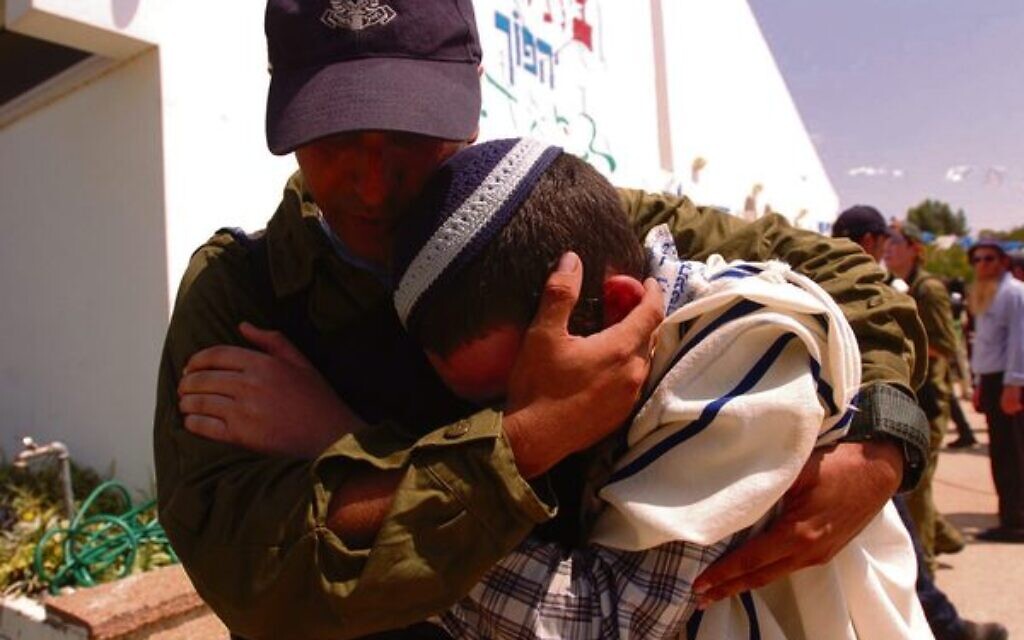
The Gaza disengagement, a significant political maneuver initiated by former Israeli Prime Minister Ariel Sharon, marked its twentieth anniversary this week. The disengagement plan, officially known as the “Disengagement Plan Implementation Law,” was approved by the Knesset in June 2004. It aimed to withdraw all Israeli settlers from the Gaza Strip by August 15, 2005, following a contentious political debate and widespread civil unrest.
On August 15, 2005, the Israel Defense Forces (IDF) began the evacuation of over 8,000 Israeli settlers from the Gaza Strip, culminating in the demolition of all Israeli residential buildings in the region by September 12. The decision to disengage from Gaza was met with mixed reactions within Israeli society and beyond, reflecting deep divisions over the future of the territory.
In the lead-up to the disengagement, Benjamin Netanyahu, then a cabinet member, resigned in protest, arguing that the government was proceeding without adequately addressing the potential rise in terrorism. He urged the Knesset to oppose the disengagement, warning that it would empower Palestinian militants. His resignation and subsequent speeches highlighted the contentious atmosphere surrounding the plan, with many supporters and detractors voicing strong opinions.
Sharon’s address to the nation on August 19, 2005, framed the disengagement as a necessary step towards peace, stating, “We tried to reach agreements with the Palestinians which would move the two peoples forward to the path of peace.” He underscored that the decision was made from a position of strength, despite the emotional toll it took on many Israelis.
Despite hopes for improved relations with Palestinians, the aftermath of the disengagement did not unfold as anticipated. Observers noted a troubling continuation of violence and hostility, raising questions about the effectiveness of the withdrawal. Various articles in Israeli media captured the mood of uncertainty, with headlines reflecting both optimism and despair, such as “Anything can happen as disengagement begins” and “Open wounds and broken hearts.”
The sentiment in Australia mirrored these divisions. In July 2005, the Australian Jewish News (AJN) reported on opposition to the disengagement among Zionist leaders, with prominent figures such as Danny Lamm and Brian Levitan expressing strong disapproval. Tensions escalated to public protests, including a march in East St Kilda, where approximately 1,500 people gathered to voice their opposition.
As the disengagement unfolded, some Australian Jewish leaders, like Grahame Leonard, condemned the destruction of synagogues in Gaza shortly after the withdrawal, viewing it as a sign of disrespect towards Jewish heritage. Others, including Dr. Ron Weiser, emphasized the need for mutual respect between communities, reflecting a broader concern about the implications of the disengagement.
While the disengagement process itself was executed relatively peacefully, the emotional weight of the evacuations was palpable, with images of soldiers and settlers alike capturing the human cost of the decision. The former Prime Minister of Australia, John Howard, described the disengagement as “a gutsy move,” emphasizing the need for a Palestinian solution to address ongoing conflicts.
In retrospect, the disengagement’s legacy remains complex. While it aimed to reduce violence and promote peace, the subsequent years have seen ongoing conflict and casualties. The hopes for a peaceful coexistence have largely gone unfulfilled, leading to a reevaluation of the decision’s long-term impact.
As we reflect on this pivotal moment in history, the question looms: did the disengagement serve its intended purpose, or did it merely set the stage for further strife? The enduring consequences of the Gaza disengagement continue to shape discussions around peace and security in the region.






